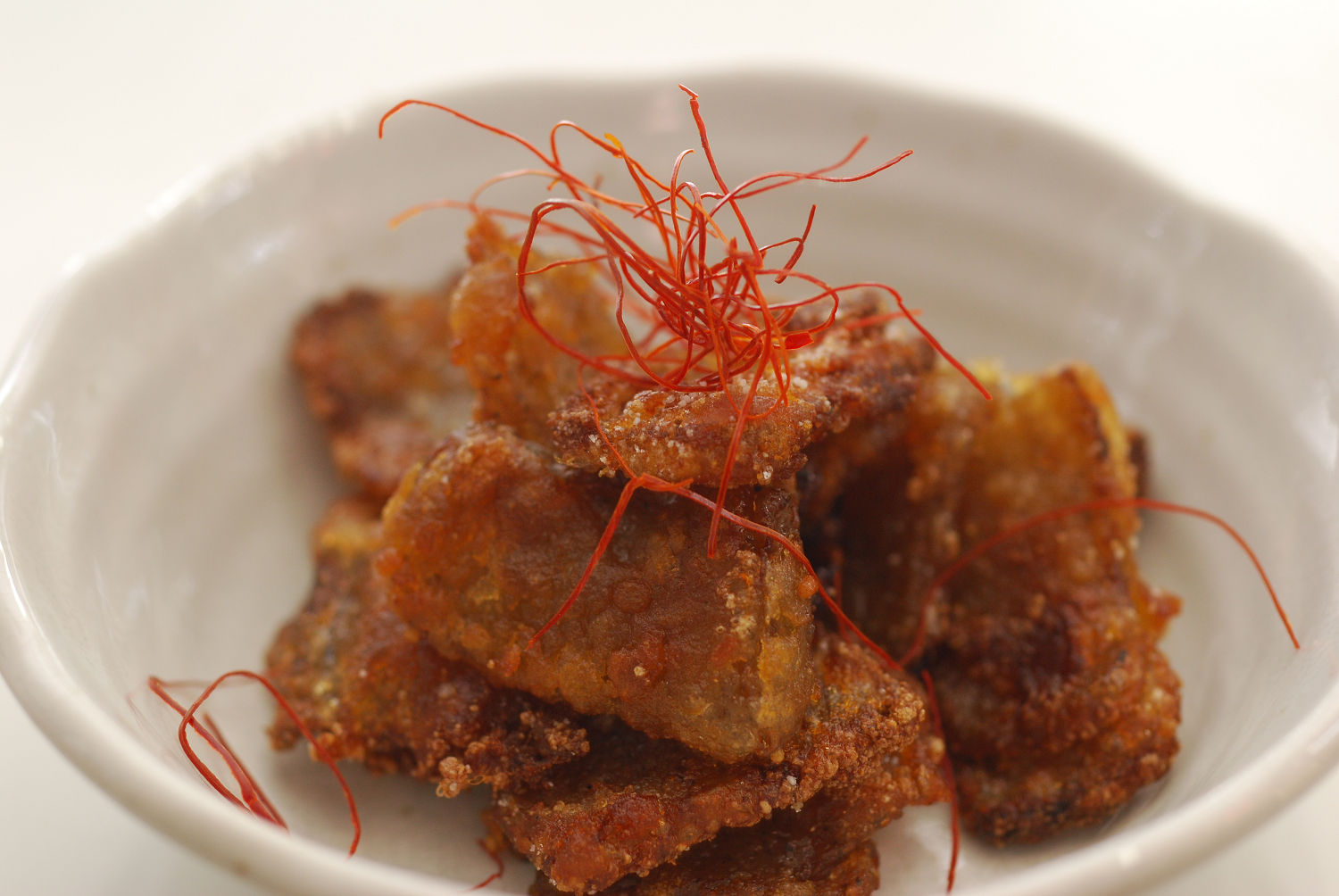
3 Delicious Recipes that Use Konjac, a Healthy Super Food that's Bursting with Nutrients
Have ever heard of the traditional Japanese food konjac? It is one of the health foods enjoying a burst of popularity across the world at the moment, so there may be some of you that have sampled it. It has been labeled as a health-food because it is rich in dietary fiber. However, there may be some of you that are put off by its strange jelly-like texture and unusual smell. This article will introduce you to three special recipes that will allow you to enjoy this unique Japanese ingredient.
This post may contain affiliate links. If you buy through them, we may earn a commission at no additional cost to you.
Konjac - A Super Popular and Healthy Japanese Ingredient!
Do you know what konjac is made from? You may be surprised to hear that it is made from a variety of tuber.
The konjac potato is a relative of the taro. It was originally found in Myanmar and Malaysia, as well as other countries in South-Eest Asia. It has long been used as a source of food, and it is thought to have been brought to Japan via China in the 6th century.
If you tried to eat raw konjac potatoes, then they would have an unpleasant and intense bitter taste. They can\'t even be eaten after simple boiling or roasting. In order to make konjac edible, it is necessary to process it to remove the bitterness. This causes it to become hard and removes its originally tuber-like properties.
In the past, charcoal was used in order to remove this bitterness; however, nowadays calcium hydroxide and sodium carbonate are used. (These chemicals cause no harm to the body, so you can feel completely safe eating konjac.) Through this laborious process, the konjac potato is extracted from the soil with its unique, springy and jelly-like texture, reborn as the konjac that we know - health food rich in fiber. It\'s interesting to imagine what the original creator of this food was thinking about when they discovered it!
Konjac is particularly recommended for female readers! It is simply bursting with fiber!

The principle component of konjac is the glucomannan (konjac mannon), a type of dietary fiber that is contained within the konjac potato. In dried weight, konjac is 40% comprised of this dietary fiber. Because of this, it has a rich history in Japan of being used as a diet food and a low-calorie source of dietary fiber.
Glucannon cannot be digested by human enzymes, therefore it arrives directly into the large intestine, encouraging a regular digestive cycle. Moreover, despite it being low in calories, it can soak up a lot of water, expanding to multiple times its original size. This can leave you feeling pleasantly full. Conversely, this means that because it is difficult to digest, it is not recommended for small children, the elderly, and those with digestion issues.
A large number of different recipes have been devised to incorporate konjac, leveraging its unique characteristics for health benefits or using it as part of a diet.
This article introduces you to three different recipes that are perfect for those on a diet, but also for those looking to add a little bit more flir to already delicious konjac.
\'Spicy Konjac\' - How to recreate a simple staple of Japanese home cuisine

Ingredients (2 servings)
Method
1. Roughly cut the konjac to bite-size pieces and soak it in hot water for about 5 minutes to remove any odors.
2. Place the konjac into a frying pan and apply enough heat to evaporate the water. Stop when when you start to hear a squeaking noise.
3. Add the ingredients marked with an (A) and bring everything together, stir frying the ingredients but being careful not to burn anything.
4. It is done when the flavors have suitably deepened and any moisture has evaporated. Why not add some daikon leaves that have been soaked in salt to top it off nicely?
\'Enmaage\' - Fried chicken meats konjac in this Healthy but filling dish!

Ingredients (2 servings)
Method
1. Thinly slice the konjac and soak in water and parboil.
2. Cut the chicken into bite-size chunks.
3. Place the ingredients marked (A) into a plastic bag, then place the chopped up chicken in the bag as well and leave to soak up the flavor for 40 minutes.
4. Wind the sliced konjac around the chicken and then coat in flour. Subsequently add a coat of potato starch.
5. Heat some oil in a pot (not the oil listed above) to a temperature of 160 -170℃ and then add in the prepared chicken pieces, frying for approximately 3 minutes.
6. Remove the chicken pieces from the pot with a mesh strainer and remove the excess oil.
7. Once the excess oil has been removed, raise the temperature to 180℃ and fry again for about one minute.
\'Yakiniku Konjac\' - A simple recipe that will have you wondering if you might be eating meat

Ingredients (2 servings)
Method
1. Cut the konjac in 5 mm slices and parboil.
2. Fry off the water from the konjac in a frying pan.
3. Add all of the ingredients marked with (A) and simmer.
4. Sprinkle the mixture with potato starch and then fry the individual pieces of konjac in oil at 170-180℃ until they are crispy.
Konjac is perhaps not as deeply engrained in the food culture of regions outside of Asia, however, its ease of use and health benefits are, without a doubt, world class! If you manage to find konjac at your local Asian market, then why not give the recipes introduced here a try? You are sure to be taken by the charms of konyac.
The information in this article is accurate at the time of publication.



